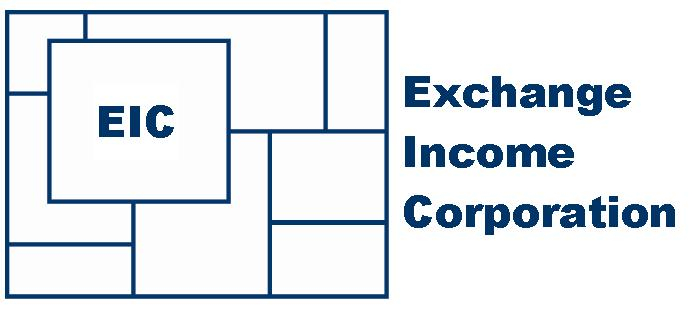
Source: businesswire | Published on: Tuesday, 29 October 2024
TROY, Mich.--(BUSINESS WIRE)--Auto insurers have been fighting two major headwinds ever since the pandemic: rising costs and longer repair cycle times. This year, according to the J.D. Power 2024 U.S. Auto Claims Satisfaction Study,SM released today, some relief is in sight for one of those trends. The study shows that the average repair cycle time for claims filed later in the fielding period is 18.9 days, which is down 5.0 days from 23.9 days in the early fielding period. While that may offer some relief to insurers and their customers, the cost side of the equation has gone in the opposite direction, with the average repair cost rising 26% in the past two years. Premiums have followed suit, rising 15% during the past year.
“The claims process is the moment of truth for auto insurance customers, so when they experience rate increases and then have a claim with longer-than-expected repair times and other inconveniences, their overall trust in the brand is greatly diminished,” said Mark Garrett, director of global insurance intelligence at J.D. Power. “In fact, 80% of auto insurance customers who have poor claims experiences have already left or say they plan to leave that carrier. That makes this year’s significant improvement in repair cycle times very good news for insurers and their customers. However, premium increases have created a new challenge for insurers as trust is eroding and affecting the way customers view their claims. There are still many challenges the industry needs to navigate to maintain customer loyalty.”
Following are some key findings of the 2024 study:
Study Ranking
NJM Insurance Co. ranks highest in overall customer satisfaction with a score of 782. Amica (746) ranks second and Erie Insurance (733) ranks third.
The U.S. Auto Claims Satisfaction Study was redesigned for 2024. Scores are not comparable year over year with previous studies. The 2024 study is based on responses from 9,725 auto insurance customers who settled a claim within the past nine months prior to participating in the survey. It measures customer experience across eight core dimensions (in order of importance): trust; fairness of settlement; time to settle claim; people; communication; ease of resolving claim; ease of starting claim; and digital channels. The study excludes claimants whose vehicle incurred only glass/windshield damage or was stolen, or who only filed a roadside assistance claim. The study was fielded from October 2023 through August 2024.
For more information about the U.S. Auto Claims Satisfaction Study, visit
https://www.jdpower.com/resource/jd-power-us-auto-claims-satisfaction-study.
See the online press release at http://www.jdpower.com/pr-id/2024133.
About J.D. Power
J.D. Power is a global leader in consumer insights, advisory services, and data and analytics. A pioneer in the use of big data, artificial intelligence (AI) and algorithmic modeling capabilities to understand consumer behavior, J.D. Power has been delivering incisive industry intelligence on customer interactions with brands and products for more than 55 years. The world's leading businesses across major industries rely on J.D. Power to guide their customer-facing strategies.
J.D. Power has offices in North America, Europe and Asia Pacific. To learn more about the company's business offerings, visit JDPower.com/business. The J.D. Power auto-shopping tool can be found at JDPower.com.
About J.D. Power and Advertising/Promotional Rules: www.jdpower.com/business/about-us/press-release-info
1 J.D. Power defines generational groups as Pre-Boomers (born before 1946); Boomers (1946-1964); Gen X (1965-1976); Gen Y (1977-1994); and Gen Z (1995-2006). Millennials (1982-1994) are a subset of Gen Y.